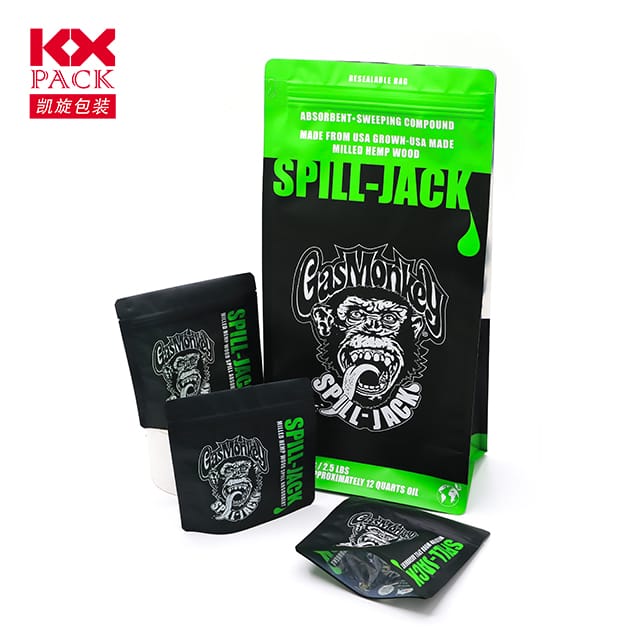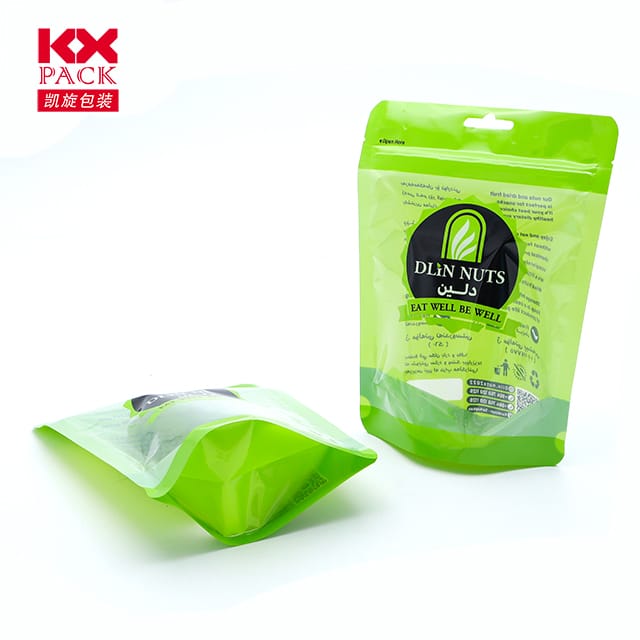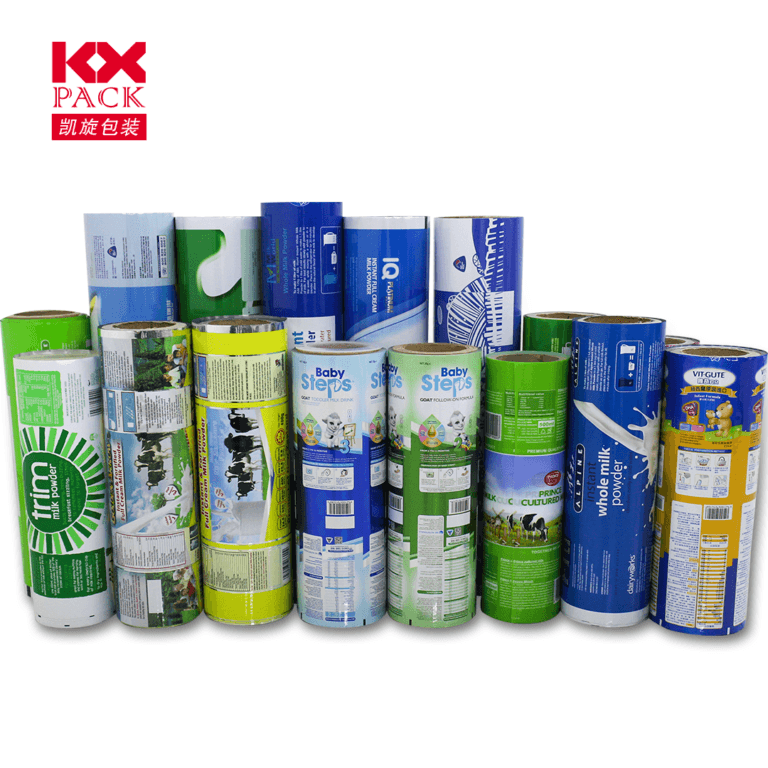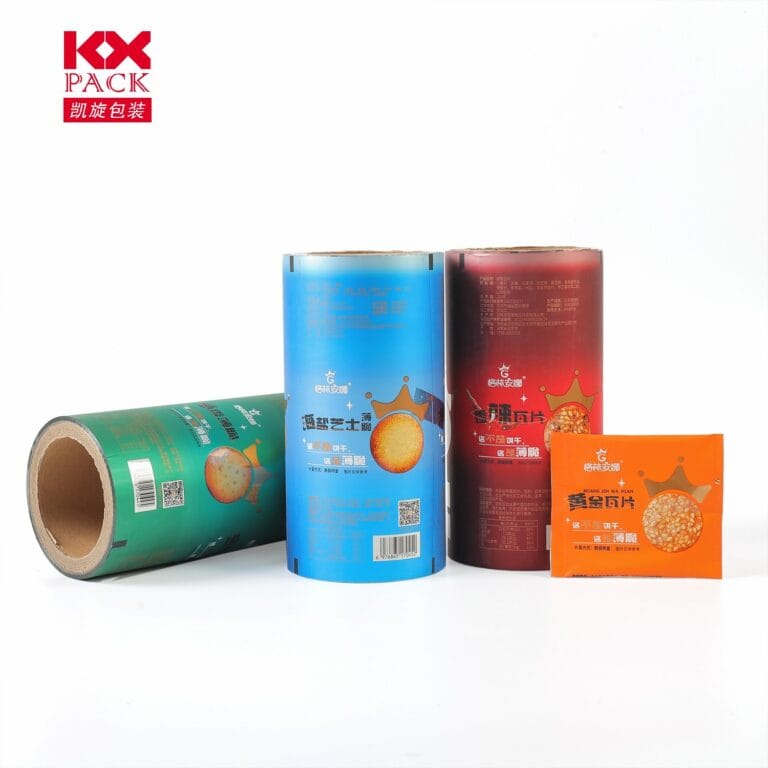신선도 혁명: 식품 필름 포장의 미래 2025
푸드 필름 포장
In an era where sustainability meets innovation, 푸드 필름 포장은 변형적인 변화를 겪고 있습니다. 더 이상 오염에 대한 장벽이 아닙니다, 현대식 푸드 필름은 저장 수명을 연장하도록 설계되었습니다, 낭비를 줄이다, 환경 영향을 최소화하면서 식사 경험을 향상시킵니다.. Let’s explore the cutting-edge trends and technologies reshaping this essential industry.
1. 스마트 패키징: The Next Frontier in Food Safety
Imagine a 푸드 필름 포장 that changes color when food spoils or releases antioxidants to slow degradation. Welcome to the age of smart food packaging!
- Time-Temperature Indicators (TTIs): These labels react to temperature fluctuations, alerting consumers if perishables like meat or dairy have been exposed to unsafe conditions.
- Freshness Sensors: Embedded sensors detect gases (예를 들어, ammonia from spoiled fish) and trigger visual changes, ensuring food safety before consumption.
- 활성 포장: 푸드 필름 포장 infused with natural compounds like rosemary extract or vitamin C actively combat oxidation, keeping fruits and vegetables crisp longer.
예: 회사가 좋아합니다Mitsubishi Gas Chemical 그리고Insignia Technologies are pioneering these solutions, with products already in use for premium seafood and meat packaging.
2. Sustainability Takes Center Stage
With global plastic waste soaring, the demand for eco-friendly alternatives has never been higher. Here’s how the industry is responding:
- 생분해 성 필름: Made from plant-based materials like cassava starch, 셀룰로오스, 또는 조류, these 푸드 필름 포장s decompose naturally within months, unlike traditional plastics.
- 식용 포장: 같은 혁신 seaweed-based wrappers (used by brands like 공책) 또는 fruit peel-inspired films eliminate waste entirely.
- 재활용 콘텐츠: Brands are incorporating post-consumer recycled (PCR) plastics into films, 처녀 재료에 대한 의존도 감소.
Stat Alert: The global biodegradable food packaging market is projected to grow at12.8% CAGR through 2030, driven by consumer demand for greener options.
3. Advanced Barrier Technologies: Keeping Food Fresher, Longer
Modern 푸드 필름 포장 are engineered to tackle specific challenges:
- 산소 청소기: Films with built-in oxygen absorbers prevent oxidation, ideal for snacks, coffee, and nuts.
- Moisture Control: Multi-layer films with hydrophobic coatings protect dry goods like cereals from humidity.
- UV Blocking: For light-sensitive products like beer or oils, films with UV inhibitors maintain quality during storage and transport.
Case Study: Amcor’s high-barrier laminates for cheese packaging reduce oxygen transmission by 99%, extending shelf life by up to 50%.
4. Customization for Every Need
From single-serve snacks to bulk industrial packaging, flexibility is key:
- Printable Films: High-resolution printing allows brands to create eye-catching designs while maintaining functionality.
- Resealable Features: Zippers or adhesive strips enhance convenience for consumers, reducing food waste from partially used products.
- Thermoformable Films: These adapt to irregular shapes, perfect for packaging fresh produce or ready-to-eat meals.
Trend Alert: The rise ofe-commerce grocery has spurred demand for puncture-resistant films that withstand shipping while keeping contents intact.
5. The Role of Nanotechnology
Nanomaterials are unlocking new possibilities:
- Nano-coatings: Ultra-thin layers improve barrier properties without adding bulk, making films lighter and more efficient.
- Antimicrobial Films: Silver or zinc oxide nanoparticles inhibit bacterial growth, extending the life of perishables like meat and bread.
Research Spotlight: ㅏ 2024 study found that nano-silver-coated films reduced이자형. coli contamination in packaged lettuce by 99.9% over 14 날.
Challenges and the Road Ahead
Despite progress, 장애물이 남아 있습니다:
- 비용: Biodegradable materials are often pricier than conventional plastics, though economies of scale are narrowing the gap.
- 소비자 교육: Many remain unaware of recycling guidelines for compostable films, leading to contamination in waste streams.
- Regulatory Hurdles: Approvals for new materials vary by region, slowing global adoption.
최종 생각
Food film packaging is no longer just about wrapping—it’s a dynamic field where science, 지속 가능성, and design converge. As brands prioritize circular economy principles and consumers demand transparency, the future of packaging looks brighter (and greener) than ever.
Ready to make a switch? Look for certifications likeOK Compost 또는TÜV Austria when shopping for eco-friendly options, and support companies investing in innovation.
What’s your take on food packaging’s future? Share your thoughts below! 🌱📦






